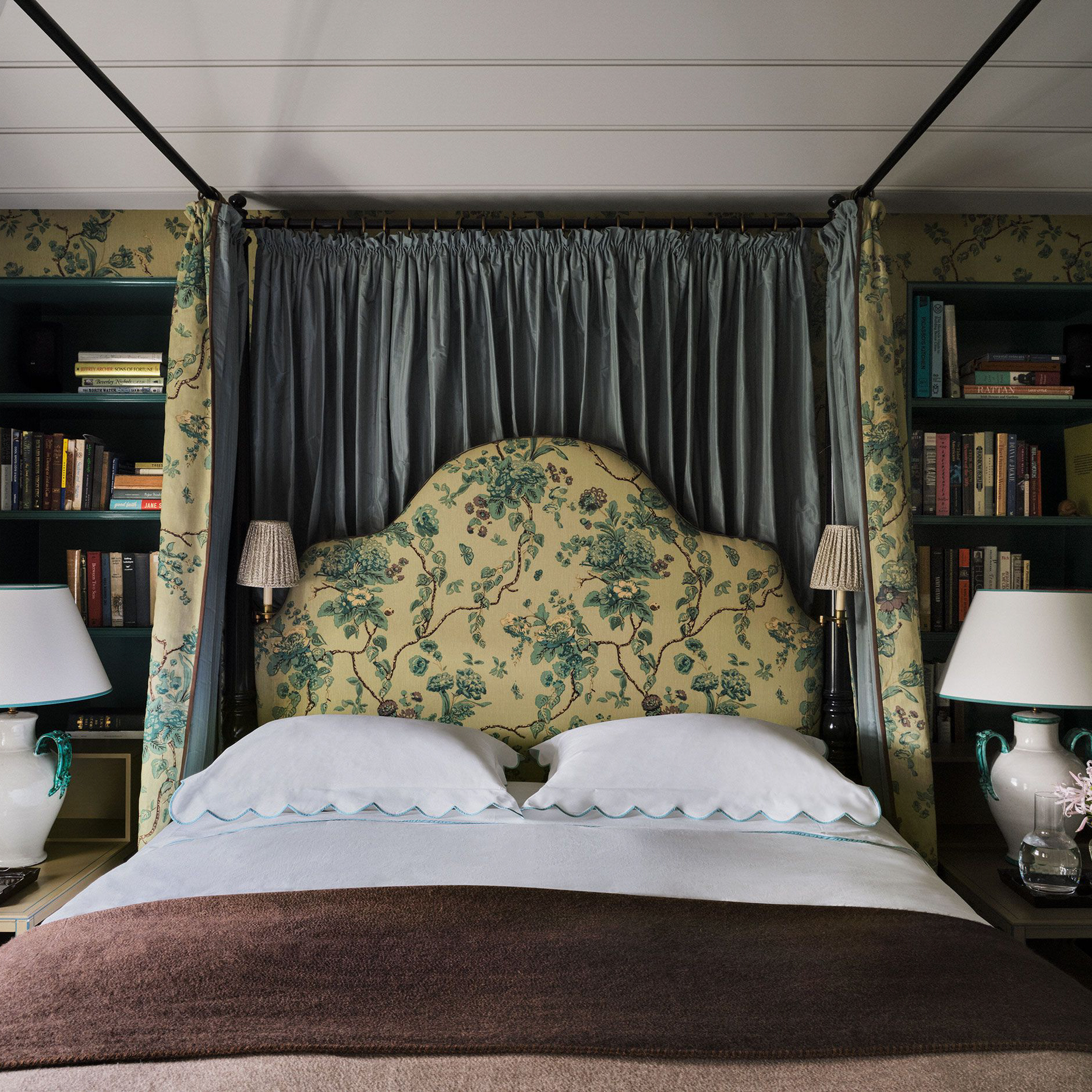Introduction
When it comes to lighting, there are many factors to consider, such as brightness, energy efficiency, and color temperature. Color temperature may not be a topic that comes to mind immediately, but it is an important aspect of lighting that can greatly affect the mood and ambiance of a space.
In this article, we will delve into what K is warm white and explore the concept of color temperature in lighting. We’ll discuss the science behind color temperature, its effects on our perception of light, and how to choose the right color temperature for your space.
What is Color Temperature?
Color temperature is a metric that specifies the hue of a light source, which is measured in Kelvin (K). It represents the degree of warmth or coolness of a light source, with lower Kelvin temperatures indicating warmer colors (yellow/red) and higher temperatures indicating cooler hues (blue).
Kelvin temperature is based on the principle that when an object is heated, it emits light. The temperature of the object determines the color of the light it emits. For example, a candle flame emits a warm yellow light because it has a low temperature of around 1800K. In contrast, a blue sky on a sunny day has a higher temperature of around 10,000K.
Effect of Color Temperature on Mood and Ambiance
The color temperature of the lighting in a space can greatly impact its mood and ambiance. Warm white (2700K-3000K) lighting creates a cozy and relaxing atmosphere, making it suitable for bedrooms and living areas. Cool white (4000K-5000K) lighting is more energizing and suitable for office spaces or kitchens, while daylight white (5000K-6500K) lighting is best for areas where color accuracy is of great importance, such as art galleries or hospitals.
Choosing the Right Color Temperature
When choosing the right color temperature for your space, it’s important to consider the function of the room and the mood you want to convey. In living rooms and bedrooms, warmer lighting can create a cozy and relaxing atmosphere. In kitchens and offices, cooler lighting can promote productivity and alertness.
It’s also essential to consider the color of the walls and furniture in the room. Warmer lighting can complement warm-toned surfaces, while cooler lighting can enhance cool-toned surfaces.

